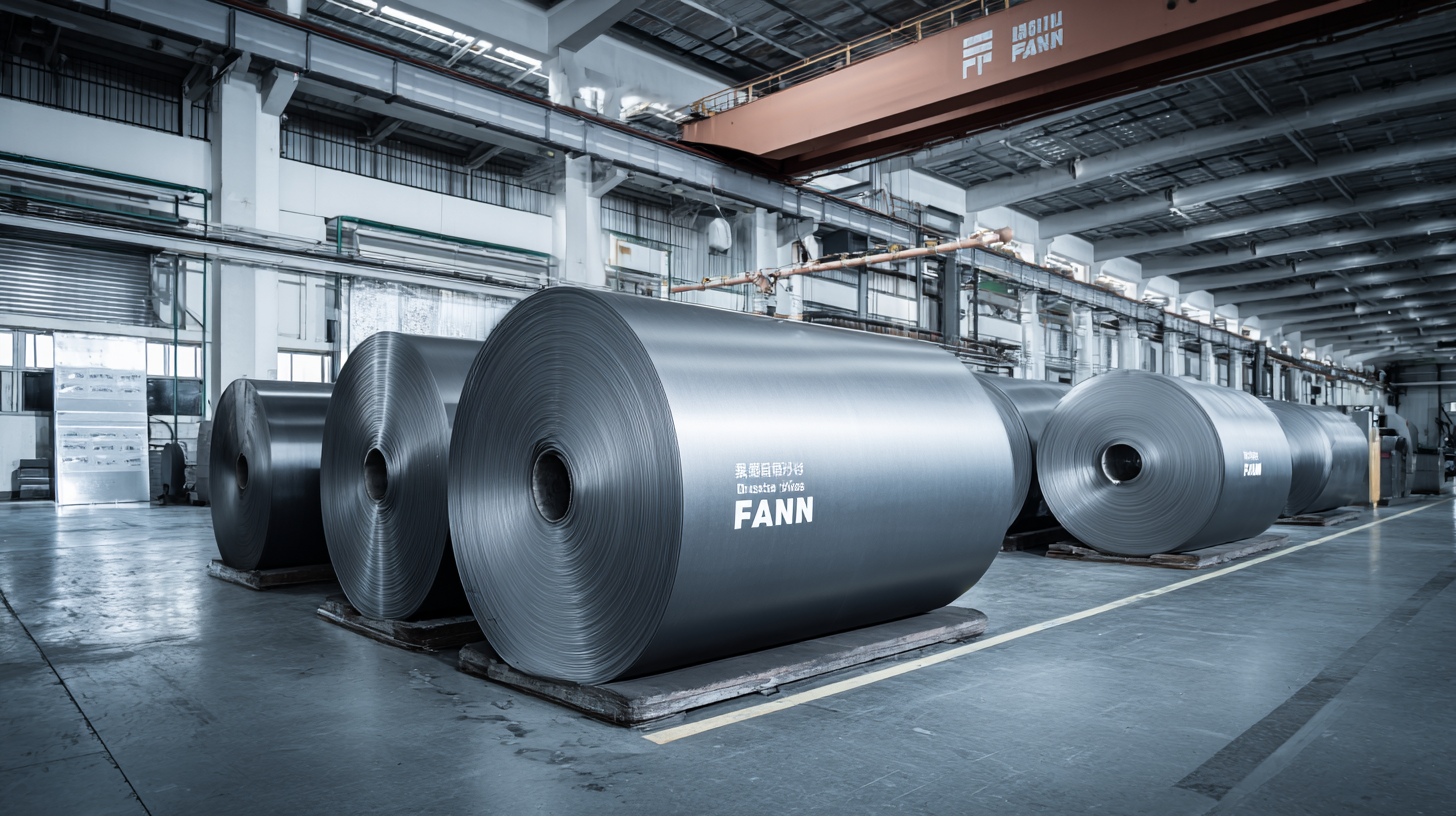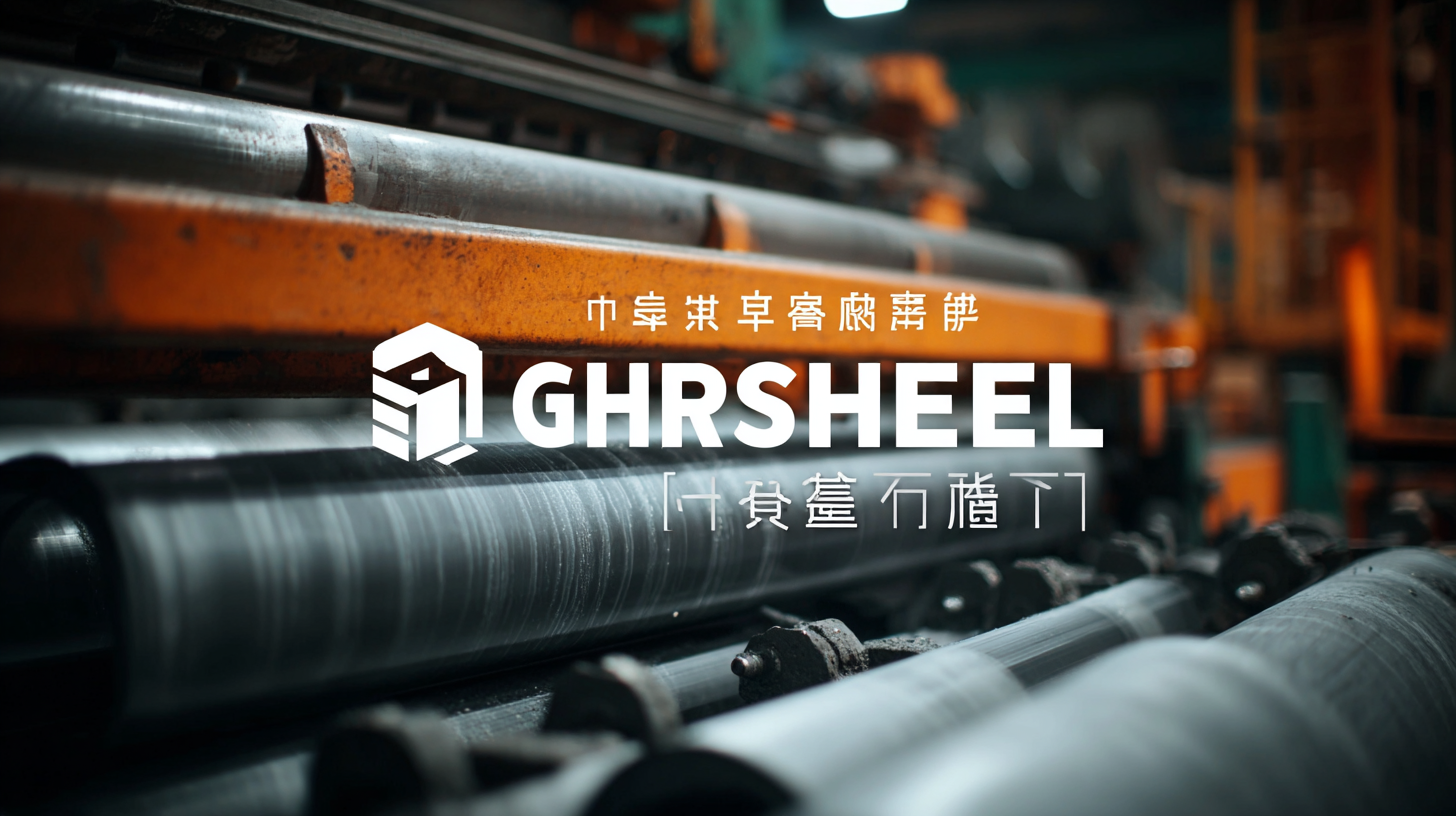China's Leading Edge: The Evolution of the Best Graphite Thermal Sheets in Global Manufacturing
In recent years, the global demand for high-performance thermal management solutions has surged, propelled by advancements in electronics and the increasing complexity of devices. Among these solutions, Graphite Thermal Sheets have emerged as a key component in ensuring efficient heat dissipation, critical for enhancing device performance and longevity. According to a report by Market Research Future, the global market for thermal interface materials, including graphite sheets, is projected to reach USD 2.1 billion by 2026, growing at a CAGR of 8.5%. This growth is driven by sectors such as consumer electronics, automotive, and renewable energy, where maintaining optimal temperature is vital. As China's manufacturing capabilities continue to evolve, it is poised to become a leader in the production of these advanced materials, leveraging its technological advancements and economic scale to meet the rising global demand for Graphite Thermal Sheets.

The Rise of Graphite Thermal Sheets in China's Manufacturing Landscape
In recent years, China's manufacturing sector has witnessed a significant transformation, particularly with the rise of graphite thermal sheets. These innovative materials are becoming essential in various industries, including electronics, automotive, and renewable energy. The demand for efficient thermal management solutions has surged, driving manufacturers to explore materials that offer superior conductivity and lightweight properties. Graphite thermal sheets have emerged as a game-changer, providing reliable heat dissipation while enhancing the overall performance of electronic devices.
The integration of advanced production techniques and extensive research and development in China has positioned the country as a leader in graphite thermal sheet manufacturing. Local companies are investing heavily in technology to enhance the properties of these materials, ensuring they meet both domestic and international standards. As a result, China is not only catering to its booming tech sector but is also exporting these high-performance thermal solutions worldwide, solidifying its role in the global supply chain. This evolution marks a pivotal moment in the country's industrial landscape, showcasing its ability to adapt and innovate in response to emerging technological needs.
Quality as the Cornerstone of China's Global Reputation in Thermal Management
As China continues to solidify its reputation in the global thermal management sector, the quality of its graphite thermal sheets emerges as a pivotal factor. These sheets are not merely components; they are essential contributors to the efficiency and longevity of battery systems, particularly in the fast-evolving battery-electric vehicle (BEV) industry. With international OEMs striving to capture a share of the Chinese BEV market, the importance of using reliable and high-performance thermal materials cannot be overstated. Quality assurance practices not only improve product efficacy but also enhance China's standing as a critical player in advanced manufacturing solutions.

The focus on quality is particularly relevant amidst global concerns regarding climate change and environmental degradation. As emissions levels surge, China’s commitment to sustainability is now more crucial than ever. The development of high-quality thermal management products aligns with efforts to create environmentally friendly alternatives that support the transition to cleaner technologies. This shift is vital not only for domestic markets but also for international collaborations that prioritize sustainability. By ensuring quality in thermal management, China is not just enhancing its reputation but playing a significant role in addressing broader environmental challenges, thereby setting a standard for manufacturing excellence on a global scale.
Innovative Technologies Driving the Evolution of Graphite Thermal Sheets
In recent years, innovative technologies have played a pivotal role in the evolution of graphite thermal sheets, especially within the context of global manufacturing. These advanced technologies have not only enhanced the performance characteristics of graphite thermal materials but have also expanded their applicability across various industries, including electronics, automotive, and renewable energy sectors. The development of new production methods, such as chemical vapor deposition and advanced compression techniques, has enabled the creation of thinner, lighter, and more efficient thermal sheets that can dissipate heat more effectively than traditional materials.
Moreover, the integration of nanotechnology has opened up new frontiers for graphite thermal sheets. By manipulating the thermal conductivity at the nanoscale, manufacturers can produce sheets that offer superior thermal management while maintaining structural integrity. This innovation is particularly significant for high-performance devices, such as mobile phones and electric vehicles, where effective heat dissipation is crucial for functionality and longevity. The continuous drive for efficiency, sustainability, and reliability in manufacturing is increasingly steering research and development toward these groundbreaking technologies, positioning China at the forefront of the global graphite thermal sheet market.
China's Leading Edge: The Evolution of Graphite Thermal Sheets in Global Manufacturing
This chart illustrates the evolution of graphite thermal sheets production in China over the past five years, highlighting advancements in innovative technologies and their impact on global manufacturing capabilities.
Sustainability and Performance: The Future of Graphite Solutions in Manufacturing
The evolution of graphite thermal sheets is shaping a more sustainable future in global manufacturing. According to recent reports, the global graphite market is anticipated to reach USD 25 billion by 2025, driven by increasing demands for energy efficiency and the shift towards greener technologies. Graphite thermal sheets, lauded for their excellent thermal conductivity and mechanical properties, are becoming essential in industries ranging from electronics to automotive. As manufacturers aim to reduce their carbon footprints, incorporating high-performance graphite solutions is not just advantageous; it's imperative.
**Tip:** When selecting graphite thermal sheets, consider both thermal conductivity ratings and environmental certifications. This will ensure you are choosing products that not only perform adequately but also align with your sustainability goals.
The future of graphite solutions in manufacturing lies in innovation. New advancements in processing technologies, such as green graphite production and recycling methods, support both performance and sustainability. A report from the International Energy Agency highlights that improving material efficiency in manufacturing could result in a 17% reduction in greenhouse gas emissions by 2030. Thus, manufacturers must prioritize solutions that maximize efficiency while minimizing environmental impact.
**Tip:** Engage with suppliers who are committed to sustainable practices, as this collaboration can enhance your manufacturing processes and strengthen brand reputation in an increasingly eco-conscious market.
China's Leading Edge: The Evolution of the Best Graphite Thermal Sheets in Global Manufacturing
| Material Type | Thermal Conductivity (W/m·K) | Thickness (mm) | Applications | Sustainability Rating |
|---|---|---|---|---|
| Natural Graphite | 250 | 0.5 | Electronics, Automotive | A+ |
| Synthetic Graphite | 200 | 1.0 | LEDs, Power Electronics | B |
| Expanded Graphite | 300 | 0.8 | Thermal Management, HVAC | A |
| Graphene Composite | 400 | 0.3 | Advanced Electronics, Aerospace | A++ |
| Recycled Graphite | 180 | 1.5 | Battery Components, Renewable Technologies | A |
Global Market Trends: How China's Thermal Sheets are Reshaping Industry Standards
As the global demand for efficient thermal management solutions surges, China's production of graphite thermal sheets has emerged as a game-changer in the manufacturing landscape. These sheets, known for their superior thermal conductivity and lightweight properties, are becoming essential in various industries, including electronics, automotive, and renewable energy. The significant advancements in China's manufacturing processes have enabled companies to produce high-quality thermal sheets that meet the rigorous standards set by international markets.

The impact of these innovations extends beyond just product quality; they are reshaping industry standards as manufacturers worldwide adapt to the cutting-edge technologies originating from China. With an emphasis on sustainability and performance, Chinese producers are not only setting the pace for thermal sheet development but also influencing design criteria and operational efficiencies. This evolution underscores a transformative shift in manufacturing practices, where thermal management solutions must align with the growing expectations for both environmental responsibility and product effectiveness.